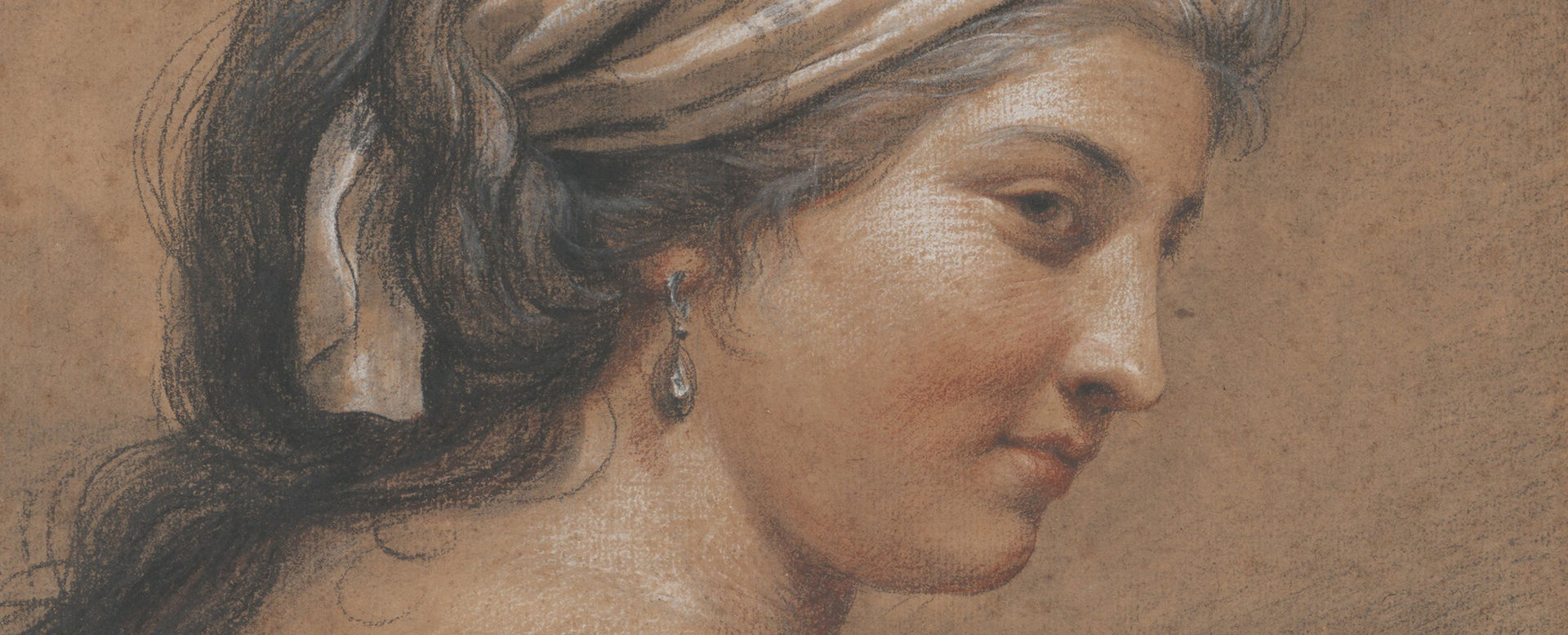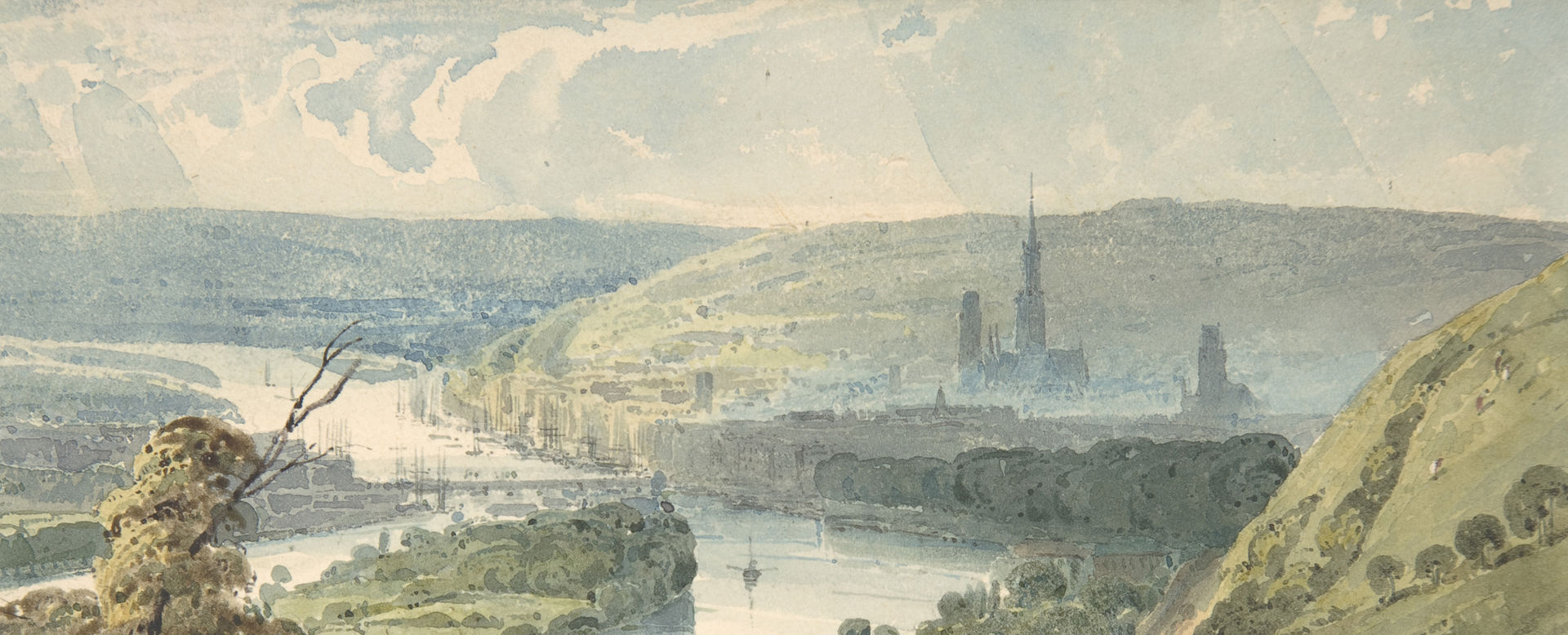A Poppy in Three Stages of Flowering, with a Caterpillar, Pupa and Butterfly
Johanna Helena Herolt (née Graff) German
Not on view
This sheet shows the same insect, a species of moth, at several moments in time, moving through the different stages of its metamorphosis as the viewer's eye moves from the bottom of the drawing to the top. This transformation unfolds on leaves of a poppy, the insects’ natural habitat, shown here in multiple stages of bloom and carefully contorted to fill the sheet. This "ecological approach" approach to insect study, and the facile consolidation of multiple moments of time in a single image, are hallmarks of the approach to the depiction of insects developed by the artist’s mother, Maria Sibylla Merian (1647–1714)[1]. Both visual strategies are widely considered to be fundamental interventions in the histories of art and science. Here, Herolt continues her mother's legacy.
Herolt was trained to paint by her mother and became a prolific watercolorist and contributor to the Merian workshop. She produced hundreds of watercolors, many of which repeat her mother’s designs and modify them to form novel compositions. The stages of the insect in this plant are precisely copied from working watercolor drawings produced by Merian to document in-person observations of the metamorphosis made during the summer of 1696 [2]. The composition of The Met's drawing follows loosely a design in plate 13 of the third volume of Merian's printed publication on the metamorphosis and ecology of European insects, Der rupsen begin..., published posthumously by Herolt and Merian’s younger daughter, Dorothea Maria Gsell neé Graff (1648–1743), in 1717. In The Met's drawing, Herolt modified the printed composition, disentangling the poppy blossom and spreading the blooms to fill the page. She transformed a book illustration into a composition more suitable to the larger format and for a new audience: collectors of drawings. The repetition of this flower and these insects in different artworks makes the Met drawing an important document of collaboration between mother and daughter, and the savvy with which the workshop transformed images between media to target new audiences.
Olivia Dill, 8/20/24
[1] Natalie Zemon Davis, Women on the Margins: Three Seventeenth-Century Lives, ACLS Humanities E-Book (Cambridge, Mass.: Harvard University Press, 1997), 52.
[2] Wolf-Dietrich Beer and Irina Lebedeva, Butterflies, Beetles and Other Insects: The Leningrad Book of Notes and Studies, ed. Wolf-Dietrich Beer (New York: McGraw-Hill, 1976), 70, entry 192.
This image cannot be enlarged, viewed at full screen, or downloaded.



